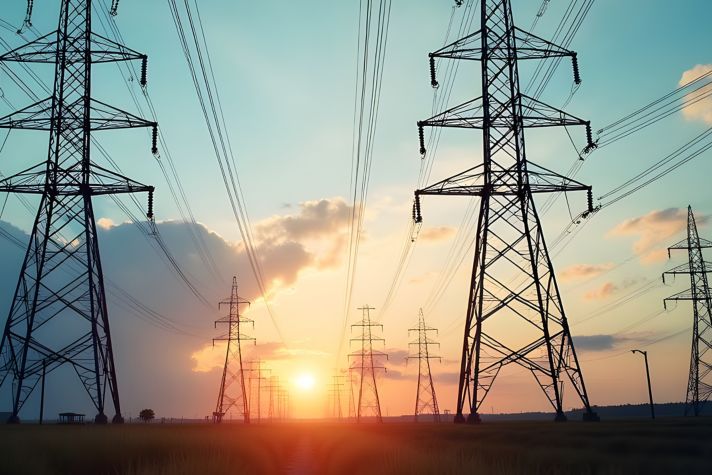-
Global
-
Africa
-
Asia Pacific
-
Europe
-
Latin America
-
Middle East
-
North America
- |
- BUSINESSES
- |
- Contact
- |
-
Global
-
Africa
-
Asia Pacific
-
Europe
-
Latin America
-
Middle East
-
North America
- |
- BUSINESSES
- |
- Contact
- |
You are browsing the product catalog for
You are viewing the overview and resources for
- News
- How ExxonMobil Plans to Make Progress Toward Carbon Neutrality
How ExxonMobil Plans to Make Progress Toward Carbon Neutrality
An ExxonMobil facility deploying the largest low-carbon hydrogen project in the world will incorporate Honeywell technology to enable the capture and storage of carbon dioxide.
ExxonMobil plans to deploy one of Honeywell’s technologies enabling carbon capture, the CO2 Fractionation System, at its facility in Baytown, Texas, the second-largest refinery in the US based on production.
The technology is expected to enable ExxonMobil to capture about 7 million tons of CO2 per year at the facility – the equivalent of the emissions of 1.5 million cars for one year.1
Take a closer look at the details of the project:
What: Developed by Honeywell UOP, the CO2 Fractionation System will be integrated into the design of ExxonMobil’s new hydrogen production assets.
The project’s potential impact: The technologies that make up the CO2 Fractionation System could allow ExxonMobil’s Baytown facility to capture more than 98 percent of associated carbon dioxide emitted from the hydrogen plant and deliver a low-carbon-intensity hydrogen.2 The carbon dioxide captured in this process will then be sequestered in underground storage by ExxonMobil.
According to ExxonMobil, the low-carbon hydrogen, ammonia and carbon capture facility is expected to be the largest low-carbon hydrogen project in the world, with a planned startup in 2027-2028.
What else to know about carbon capture: Carbon capture, utilization and storage (CCUS) technologies are designed to capture CO2 from the atmosphere or a source such as an industrial facility running on fossil fuels, then stored deep underground, or transported to be used in a variety of applications.
As we move toward a decarbonized world, the demand for hydrogen is expected to increase significantly to generate power, help buildings operate efficiently, and power aircraft. That means carbon capture and storage technologies will become even more critical, as CCUS is one of the two main ways to produce low-carbon hydrogen.
How ready-now technologies are helping today: Projects worldwide that use carbon capture technology developed by Honeywell have the capacity to capture 40 million tons of CO2 per year.3
Learn more: Read about green hydrogen – what is it, exactly? – and how it can advance the global energy transition, and explore more about breakthrough technologies developed by Honeywell UOP engineers.
1 Based on the EPA's greenhouse gas equivalency calculator compares nearly 7 million tons of CO2 per year with gasoline-powered passenger vehicles on the road
2 CO2 equivalent emissions is a calculated value based on the combined carbon compounds emitted from the Hydrogen production and Carbon Capture equipment plus the combined carbon compounds in the H2 product.
3 Includes capacity of deployed Honeywell technology (membranes and chemical & physical solvents) in installed projects enabling CO2 capture from gas streams, of which 15 million tonnes of the captured CO2 is being utilized for enhanced oil recovery annually.![]()
Copyright © 2025 Honeywell International Inc.




